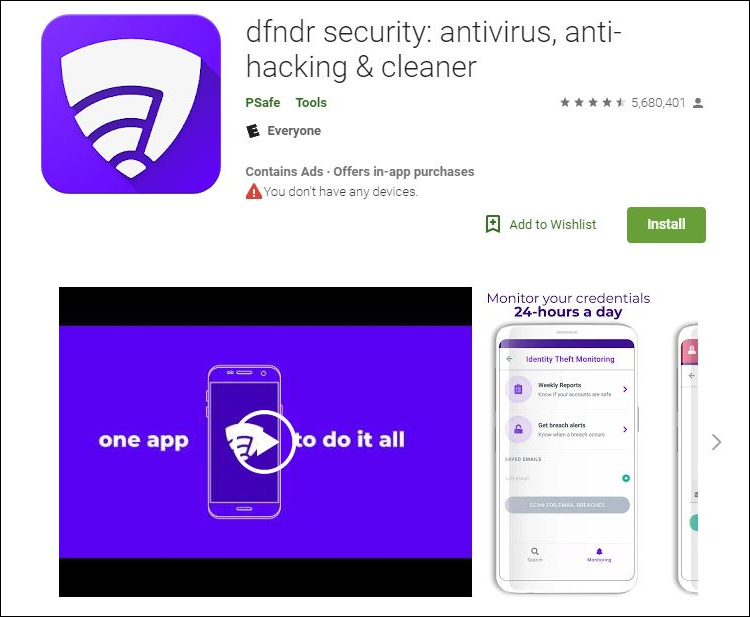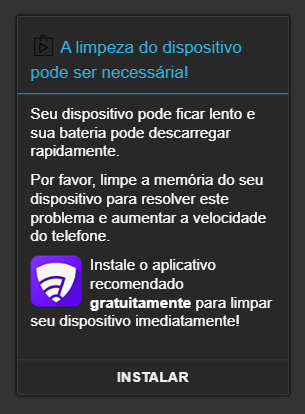
Hi everyone! Today, we’re sharing the results of our new experiment with you.
We’re going to break down the stages involved in campaign segmentation and explain why you need it in the first place.
This case study was sponsored by Adsterra, one of the world’s leading ad networks working with a wide variety of web and mobile ad formats:
- over 25 billion ad impressions per month;
- over 2 billion web push impressions per week;
- more than 240 GEOs covered;
- more than 10,000 direct publishers;
- smart targeting, including targeting by OS and browser versions, mobile carrier, IP addresses and user lifetime;
- loyal moderation;
- API integration.
We spent quite a while trying to figure out what offer we should test out. We needed something we hadn’t worked with before. Something with a simple funnel and flexible caps. So, we sent the corresponding request to YepAds, and our manager gave us a mobile utility offer promoting a memory cleaning, data protection and spam filter Android app. As for GEOs, we were lucky to be able to drive traffic to Brazil, a populous country with a low CPC.

We tested pre-landers and creatives outside the framework of this experiment to get the most relevant traffic data. Therefore, all our campaigns featured the same creative and pre-lander:

Creative

Pre-lander
Day 1-2
We set ourselves a goal to compare the way traffic behaves on various segments, other things being equal. Adsterra enables you to target by the Activity Group parameter (from Below Average to Top) that is based on how long ago users subscribed to receive push notifications. First of all, we separated our campaigns by 3G/Wi-Fi (which have different minimum bids) and by user activity:

We set the minimum bid, and so we didn’t receive a lot of traffic. However, these volumes were enough to move further.
Day 3
On the third day of our experiment, we decided to target by OS version and find out how our campaigns would perform. The thing is that different Android versions showed a wide disparity in terms of conversion rate. For instance, Android 9 demonstrated the poorest result. Finally, we launched campaigns targeted at the two best converting OS versions:

As you can see, the ROI is gradually leveling up and climbing into the green.
Day 4, 5, 6
The campaigns were running and gathering statistics on platforms for three days. There were two ways to follow: we could either create a blacklist and filter out poor converting platforms or compile a whitelist based on the current data and check whether it would work. We opted for the second way considering that we had gathered quite a lot of data for our whitelist:

Nota bene: this whitelist was valid at the time our campaigns were running, and so we don’t recommend you copy it. We suggest you turn to your manager who will help you with targeting and compiling a new whitelist. We used smart filters to create our list (and opted for the EPC as the defining parameter).
Day 7
On the seventh day, we launched two campaigns (with Top and High activity levels) based on our whitelist. Here are the results we got:

In a week’s time, we managed to secure a positive ROI and define the best targeting options.
Conclusions
- Push traffic is flexible enough and is a good match for lots of verticals, even for those you haven’t worked with before.
- While testing your campaigns involving some specific offers, target only at high activity levels (if your network allows it), as they never fail to produce good results. The Below Average activity level is perfect for smartlinks because in this case the cost per click is lower, but the quality is still higher than that of popunder traffic.
- 3G traffic is now always the best in terms of performance, but very often it is more costly.
- Distributing your testing budget for microtargeting prevents you from driving traffic to nowhere and gives you a clearer understanding of what you should undertake in the future.
We hope that this case study will come in handy for you. Thank you for taking the time to read it!
If you wish to start making money with Adsterra, you can sign up following this link.
If you want to reach new GEOs and audiences, maybe it is all waiting for you on Telegram? We’ve prepared some material about Telegram audiences. What are the messenger’s users like this year? How old they are, what they do, and what they are interested in!




